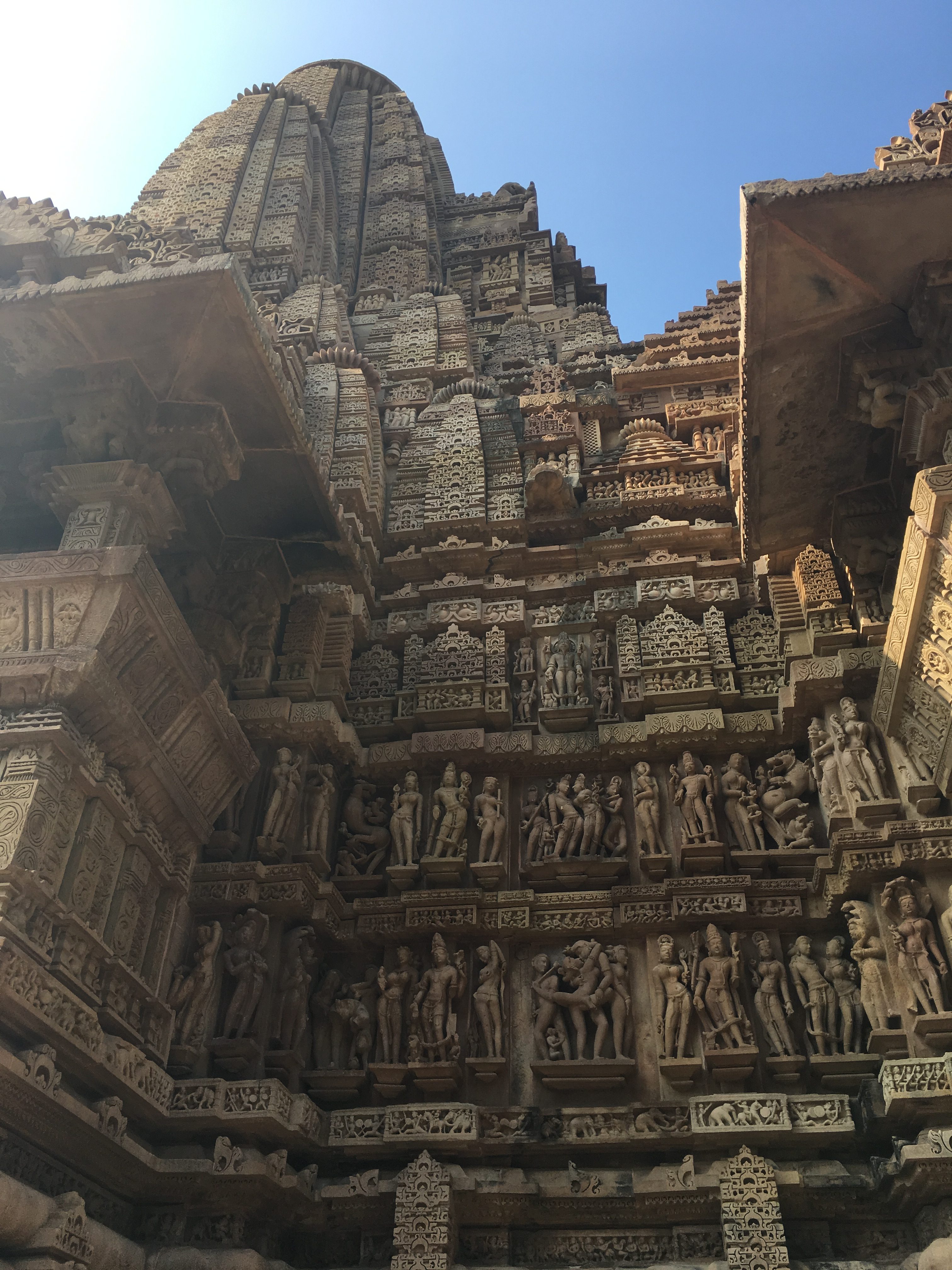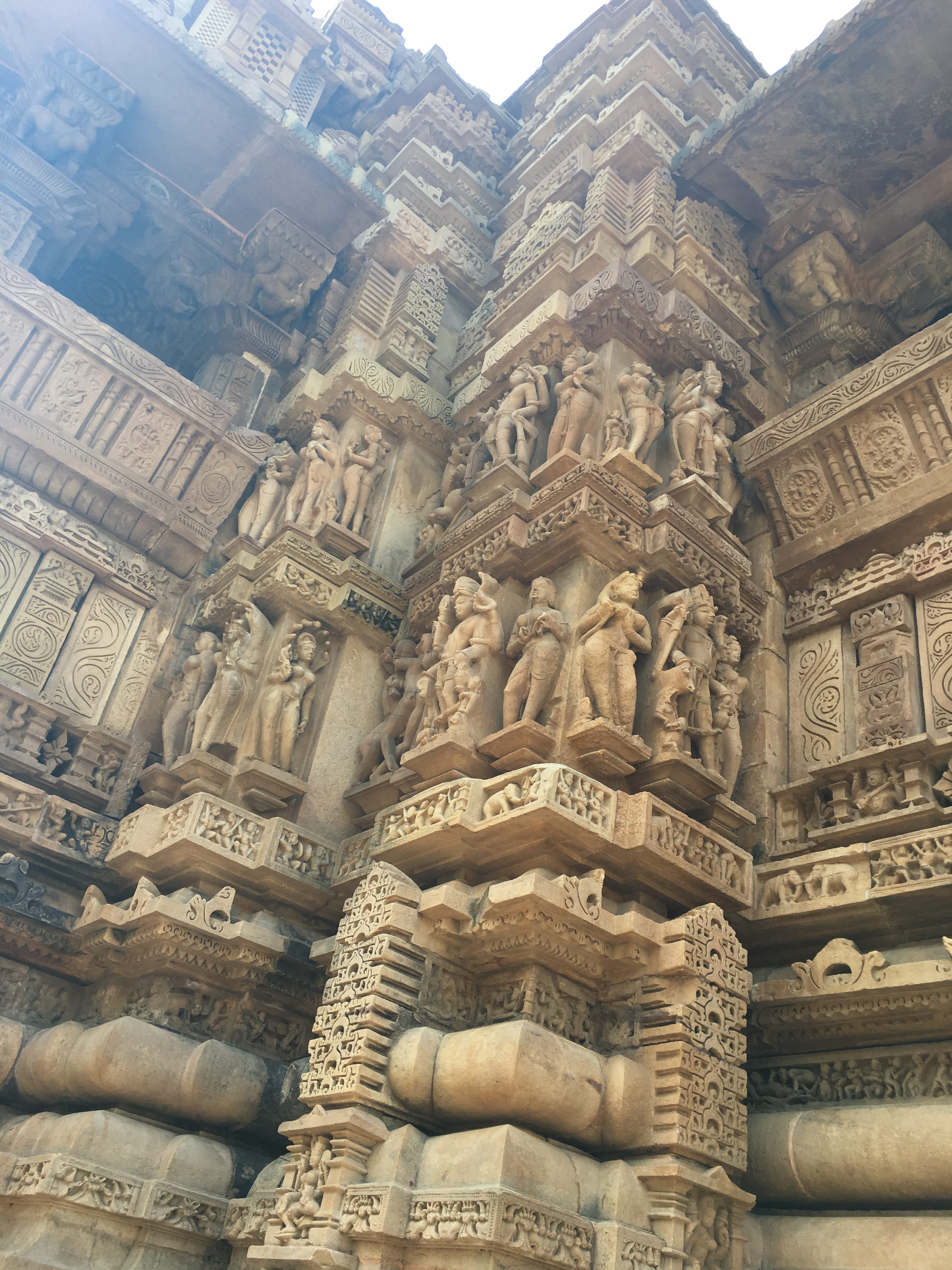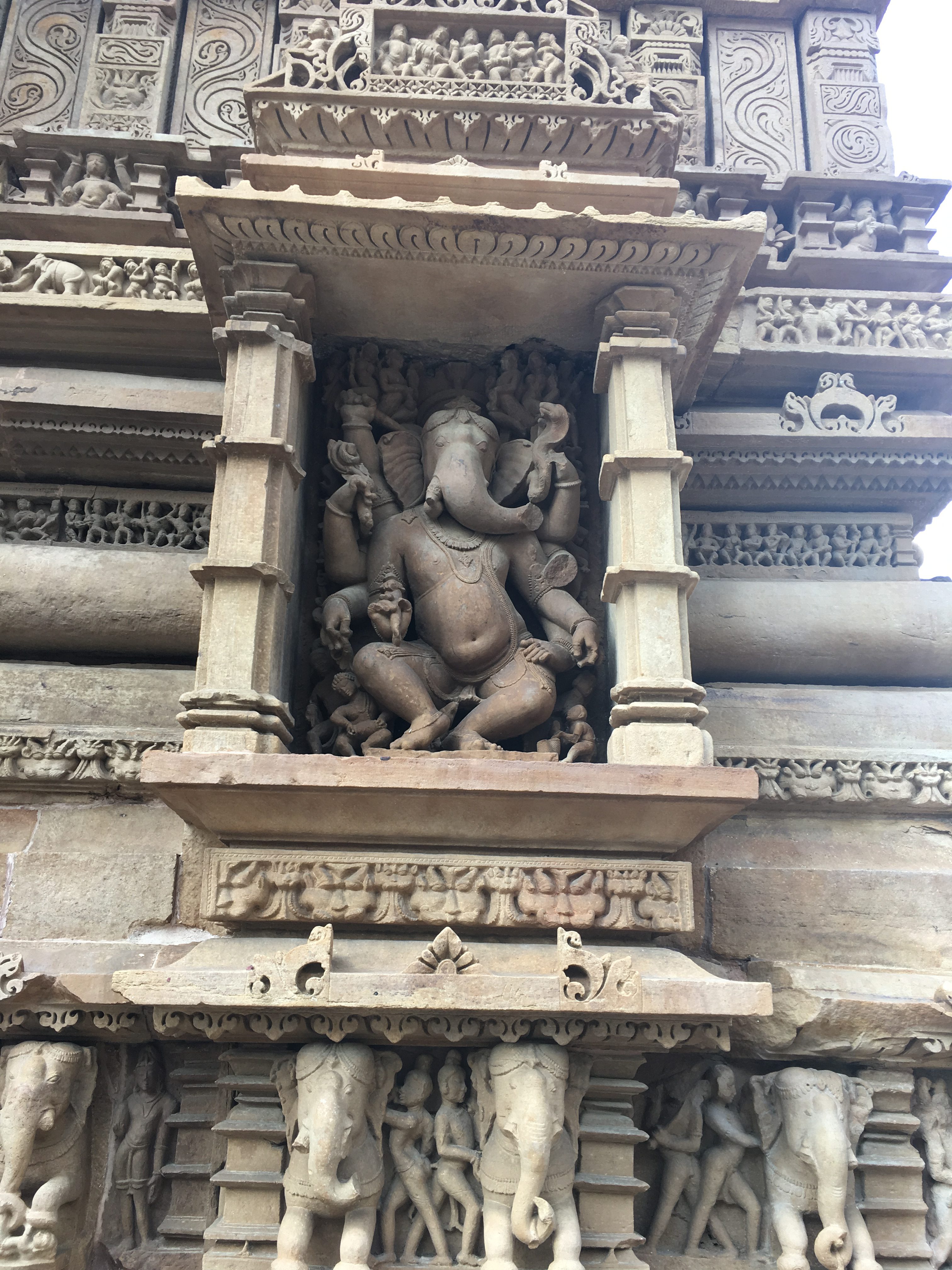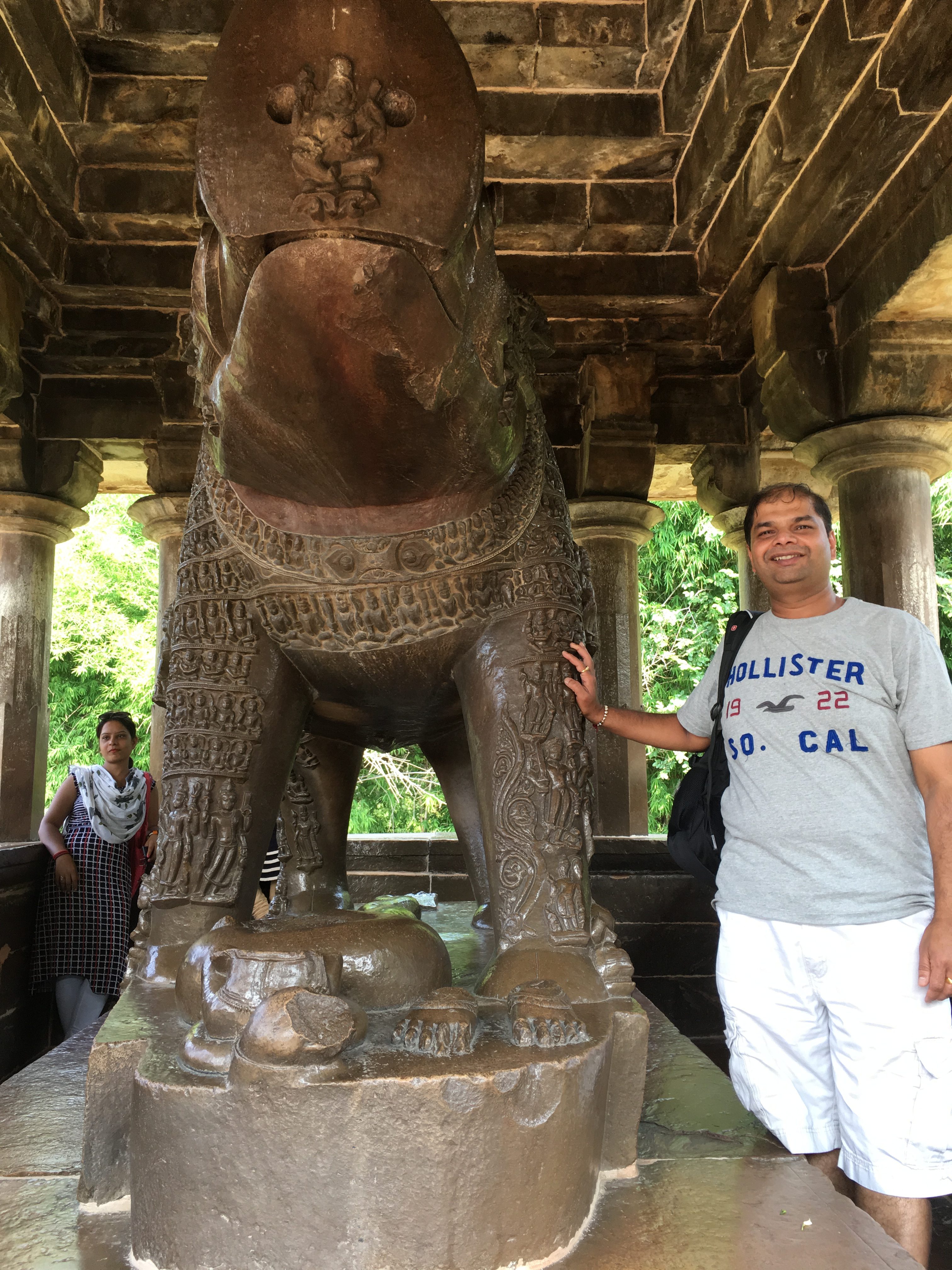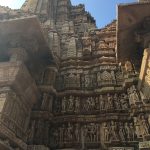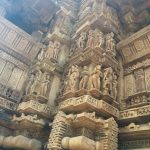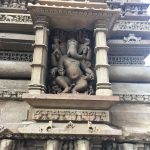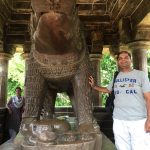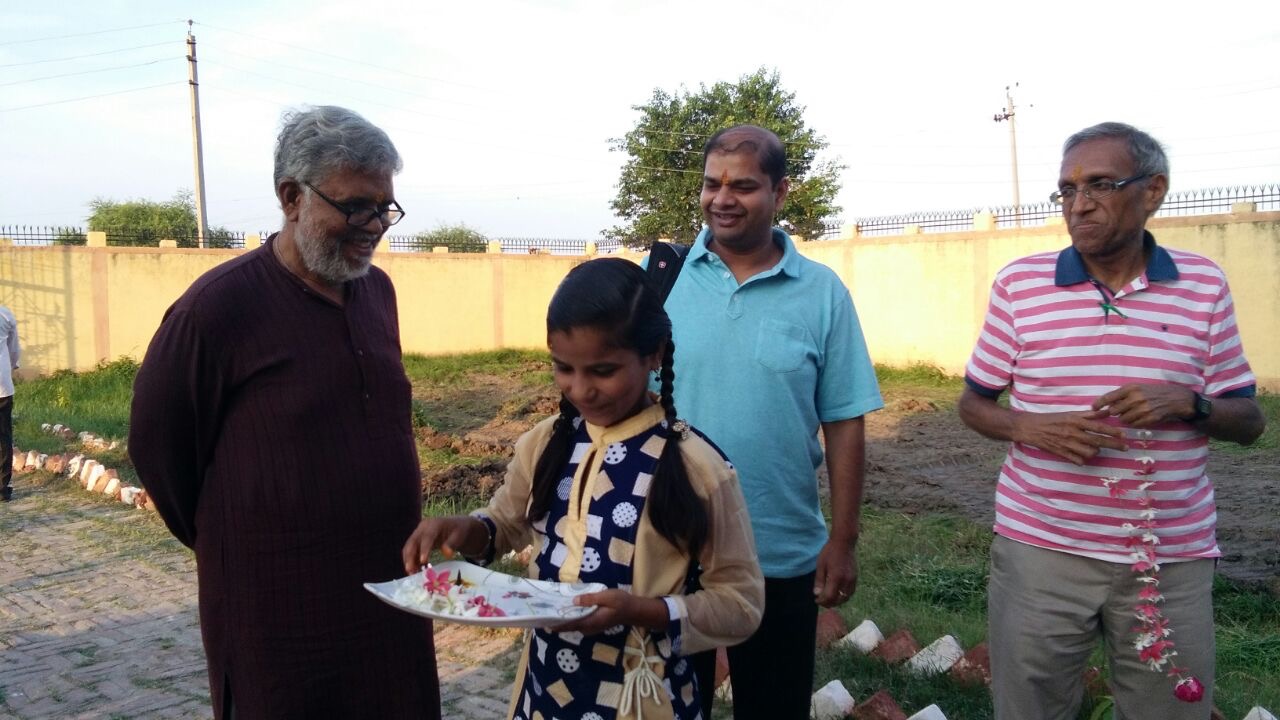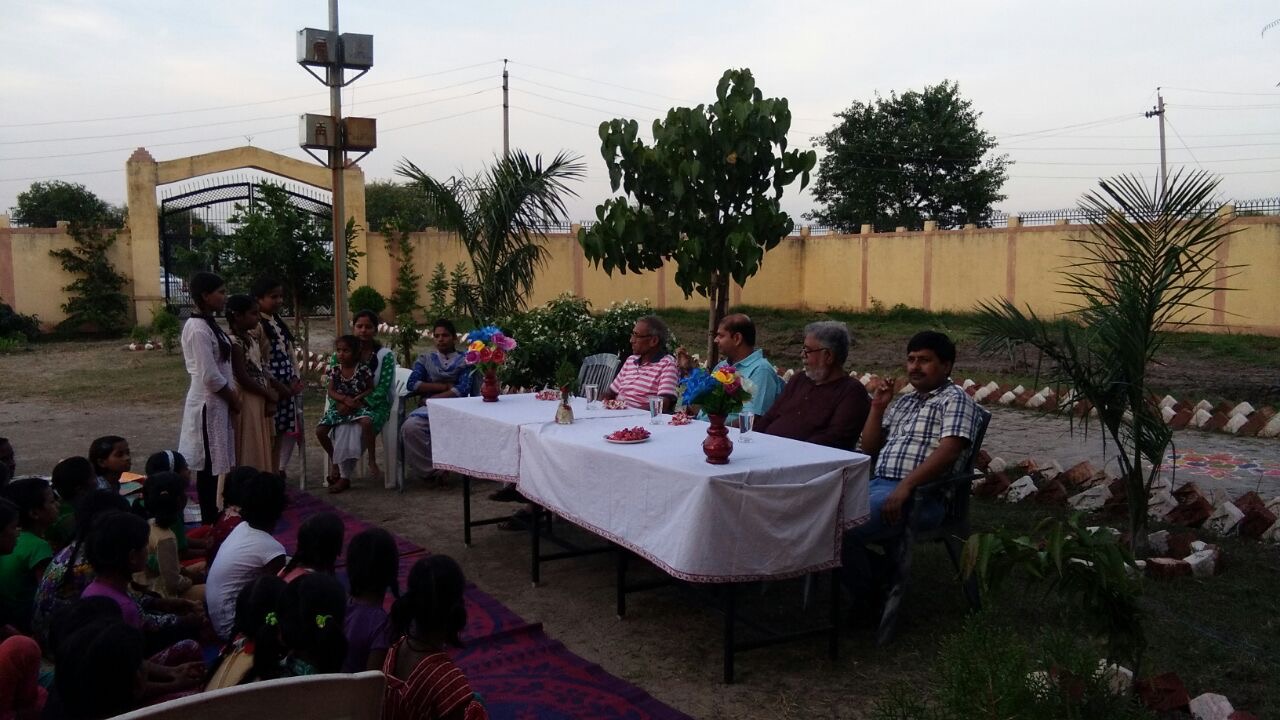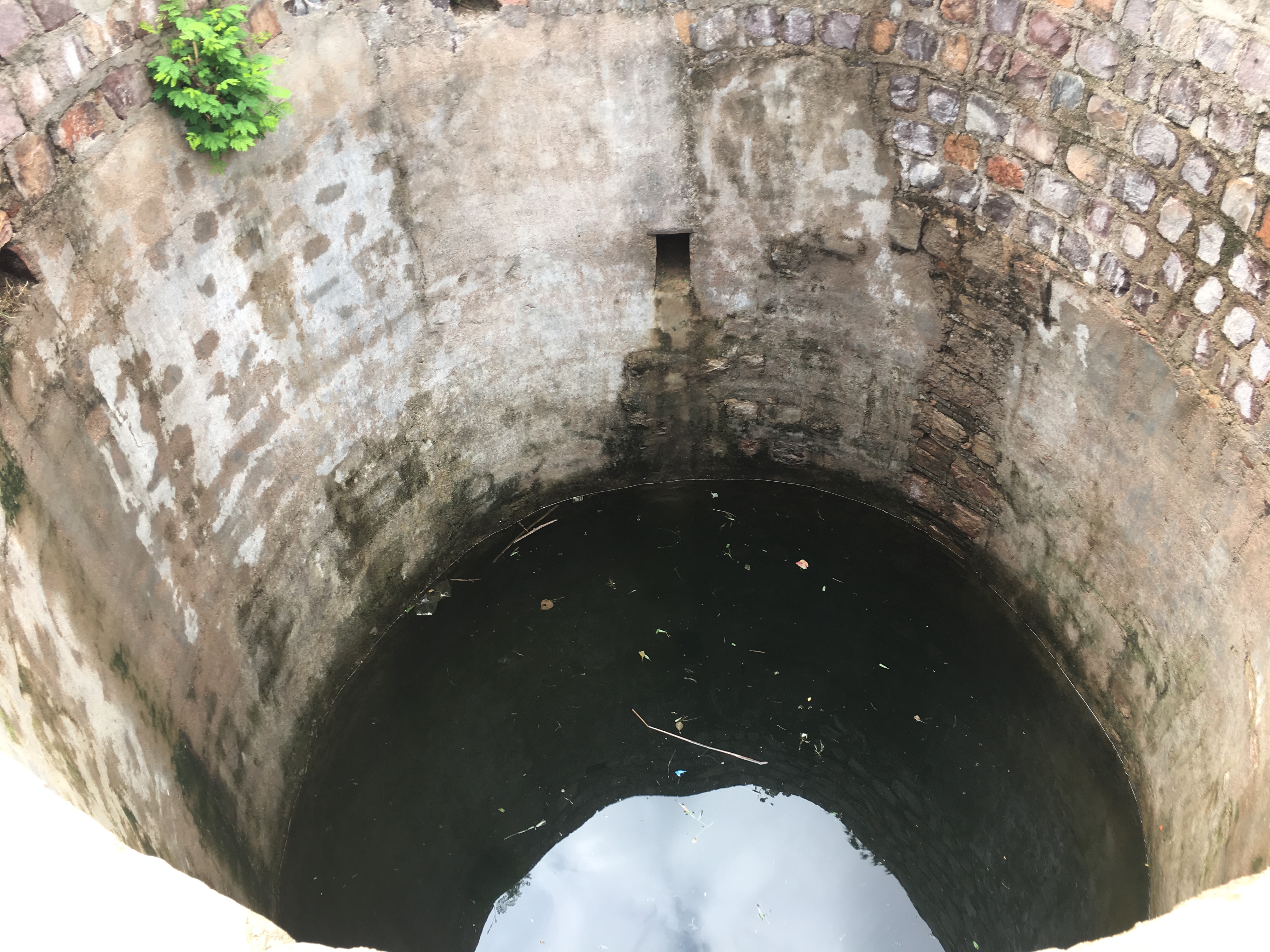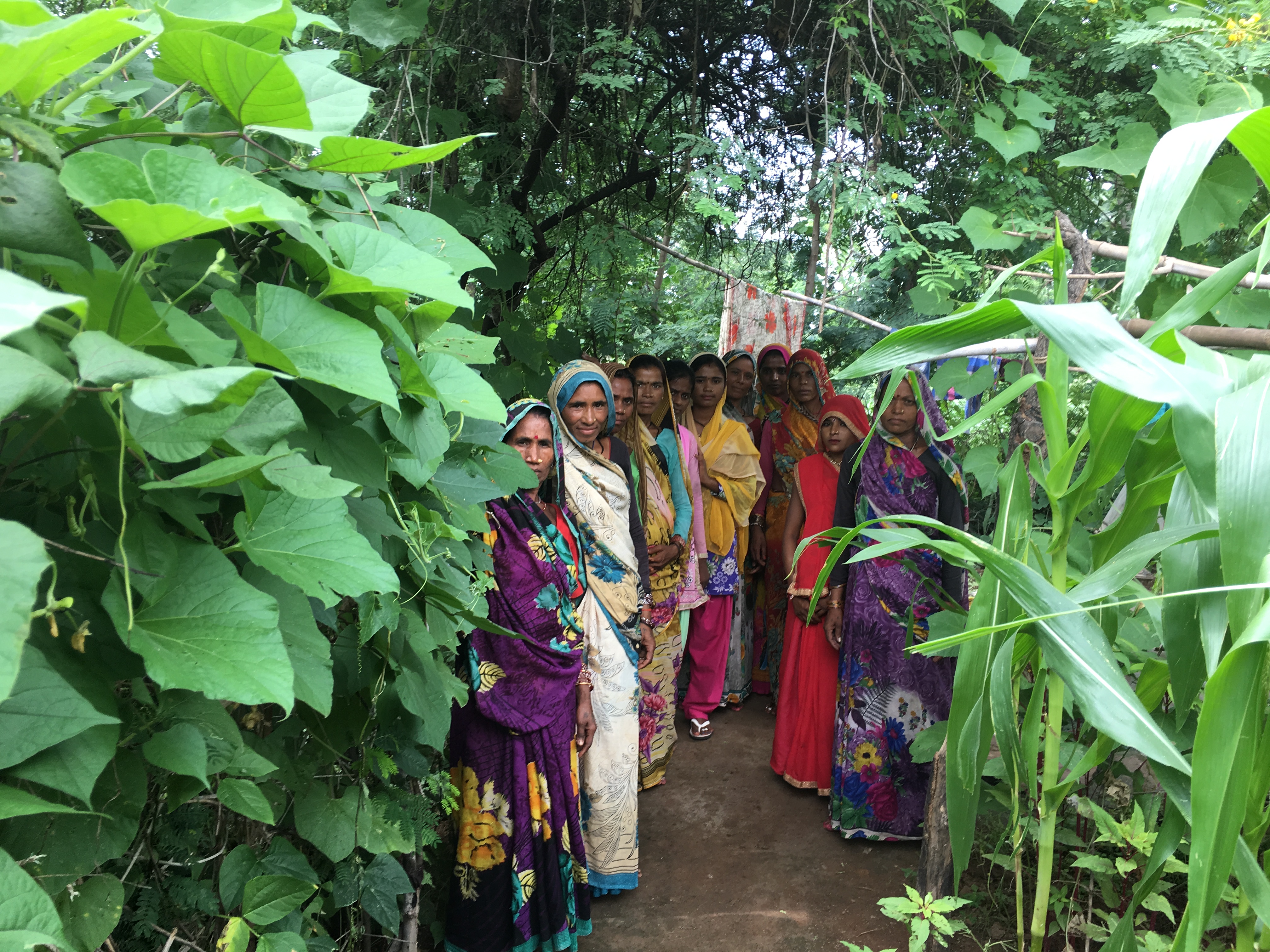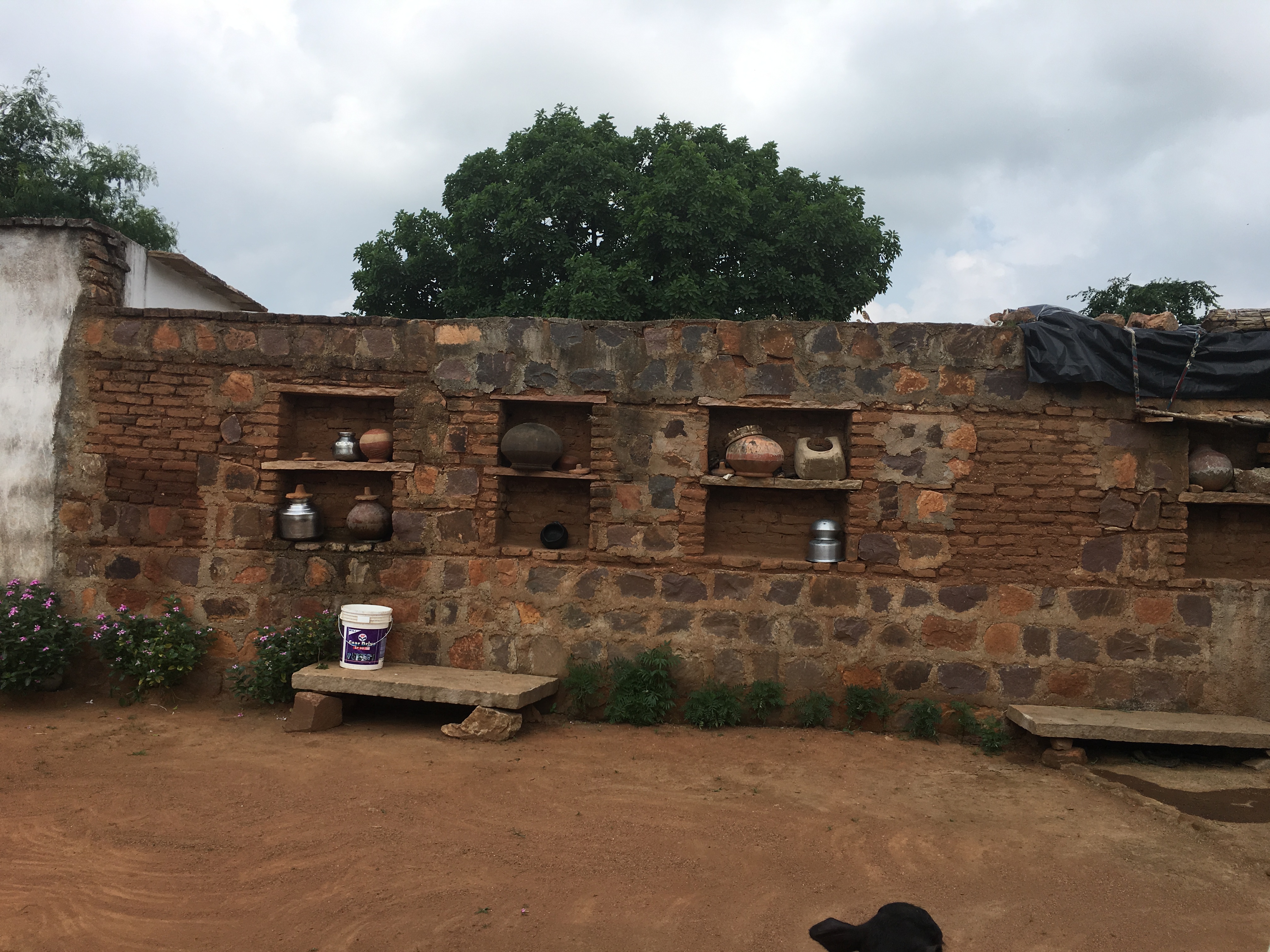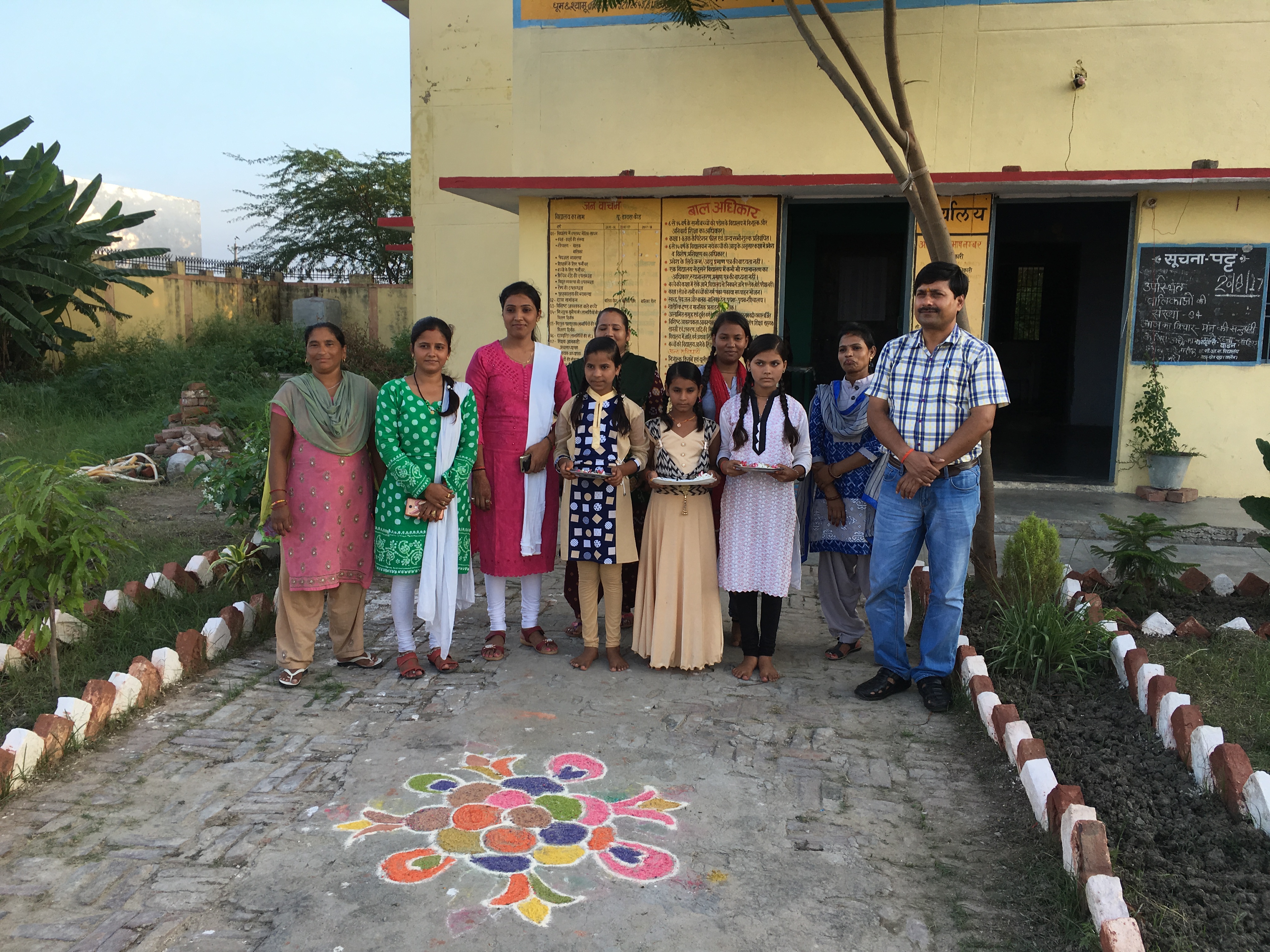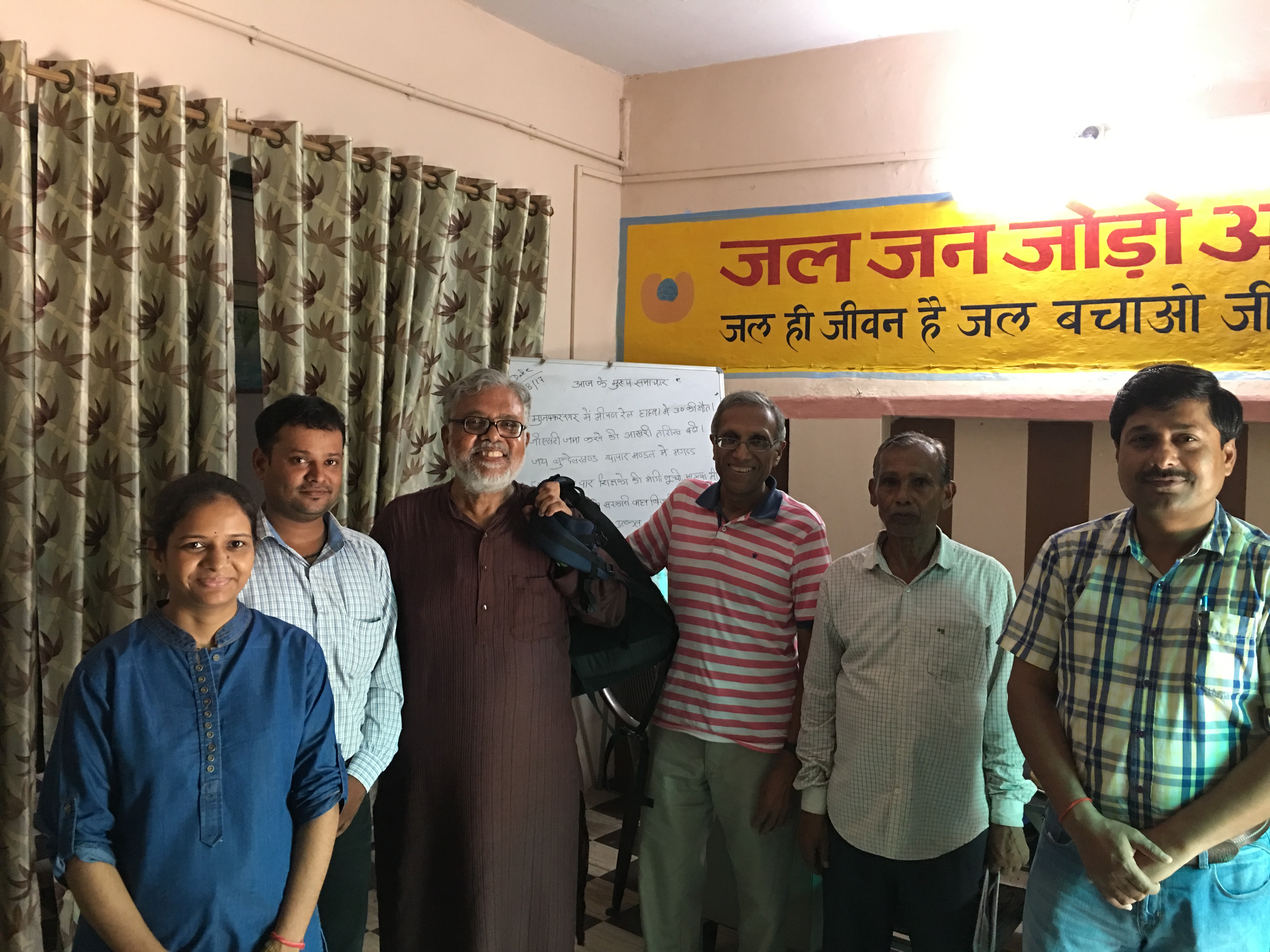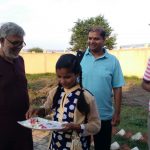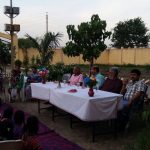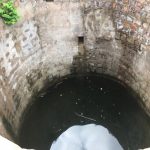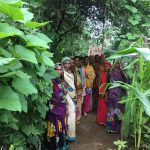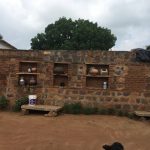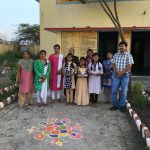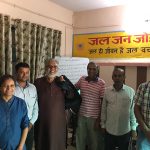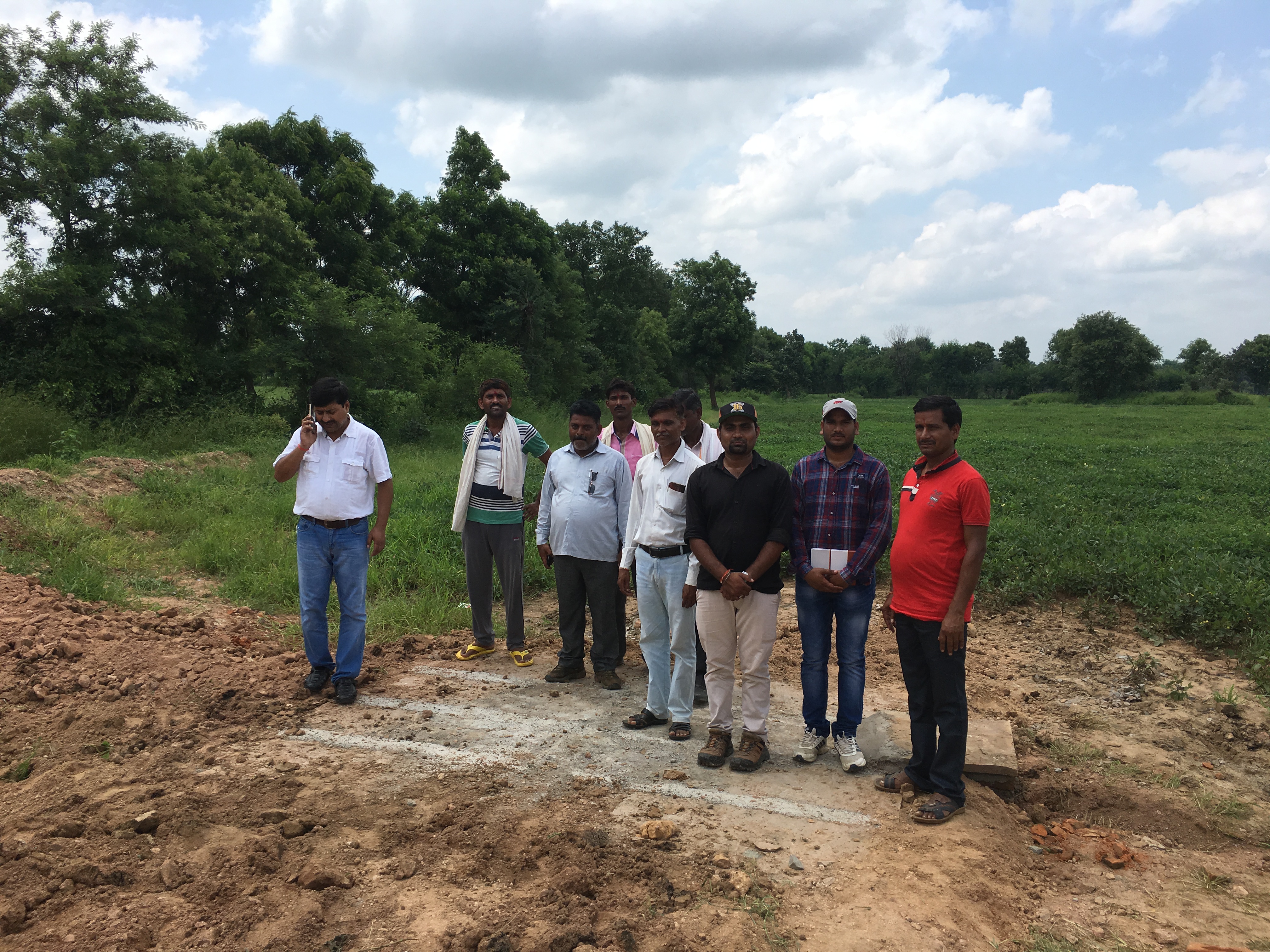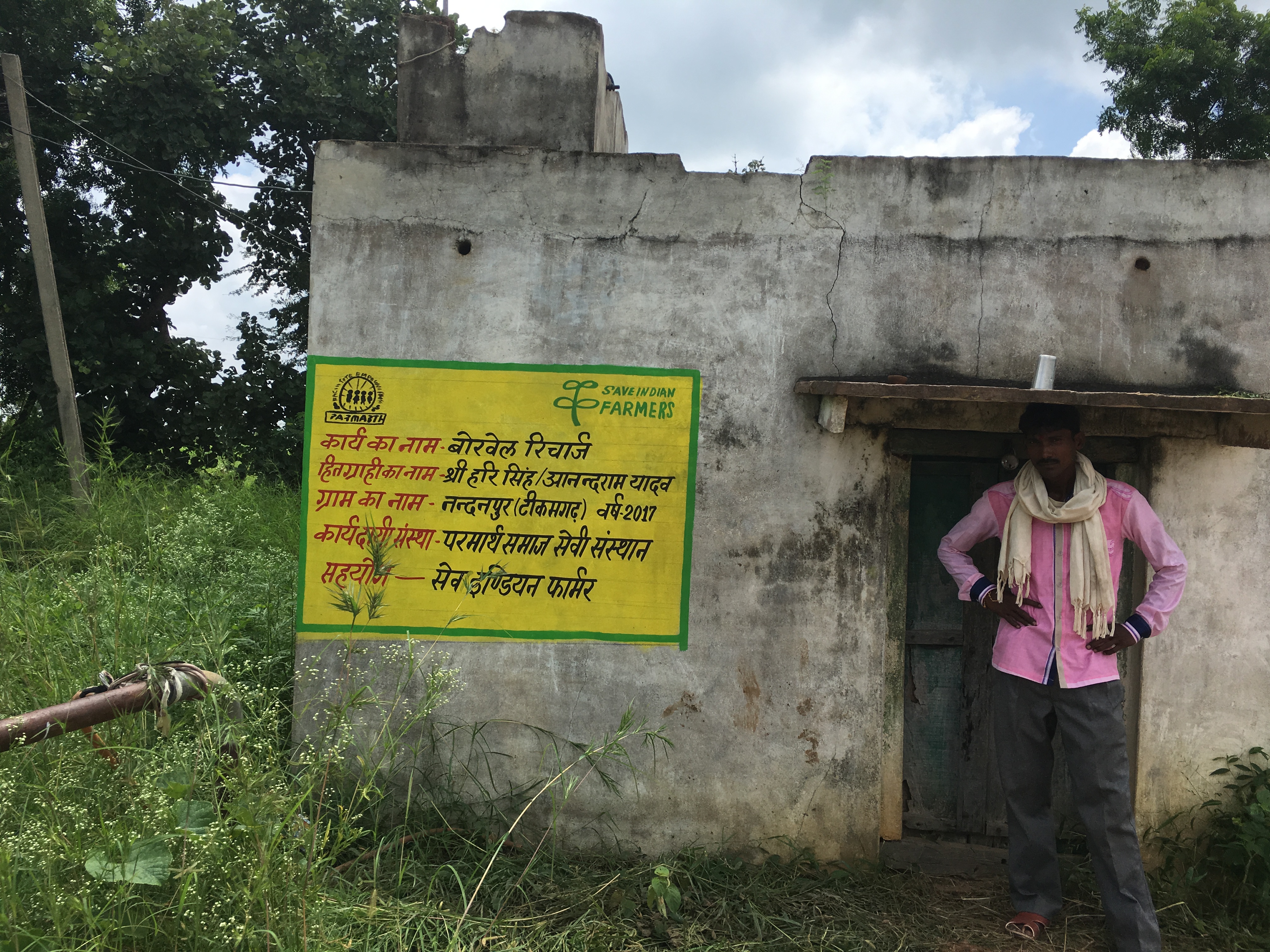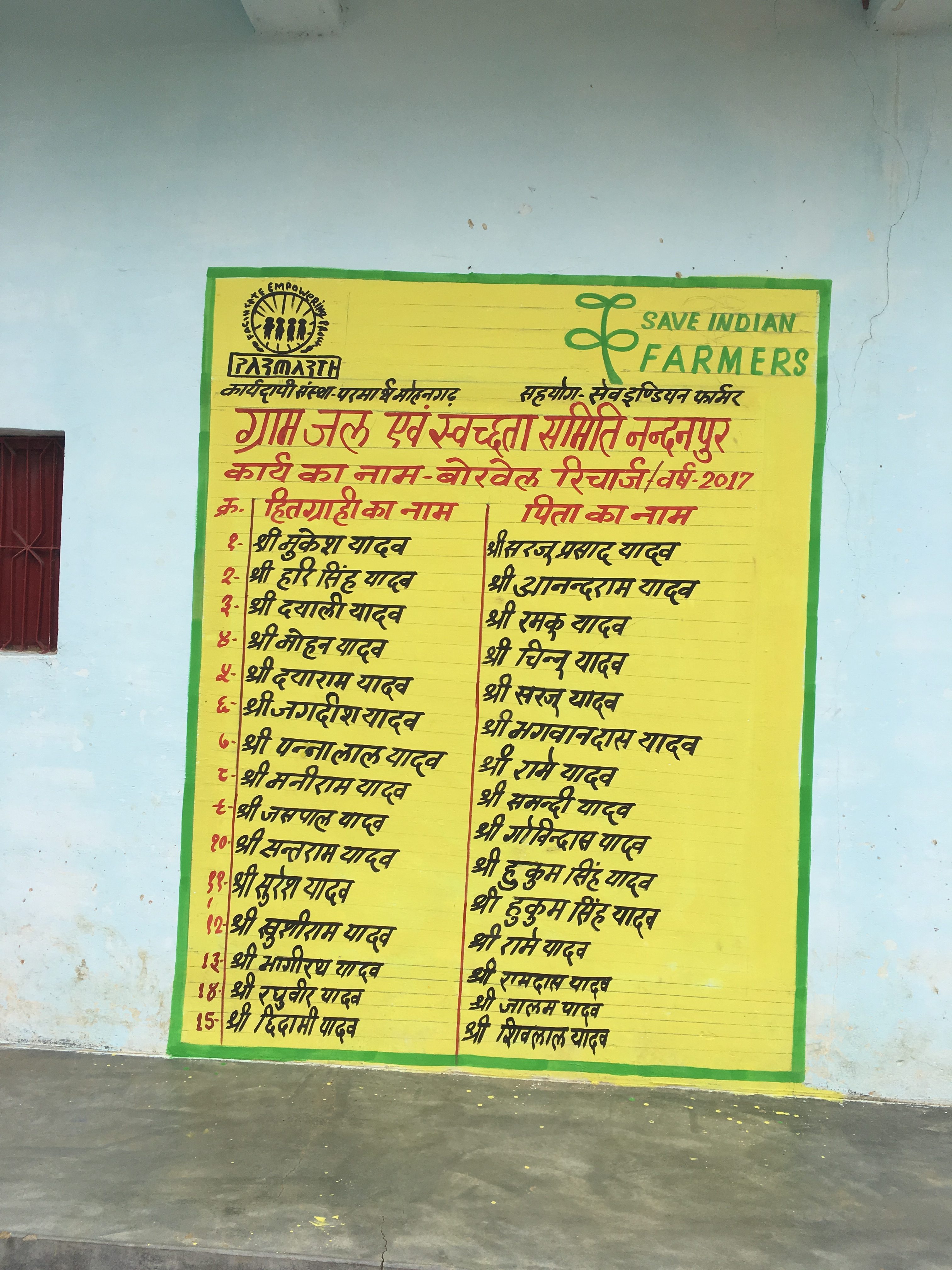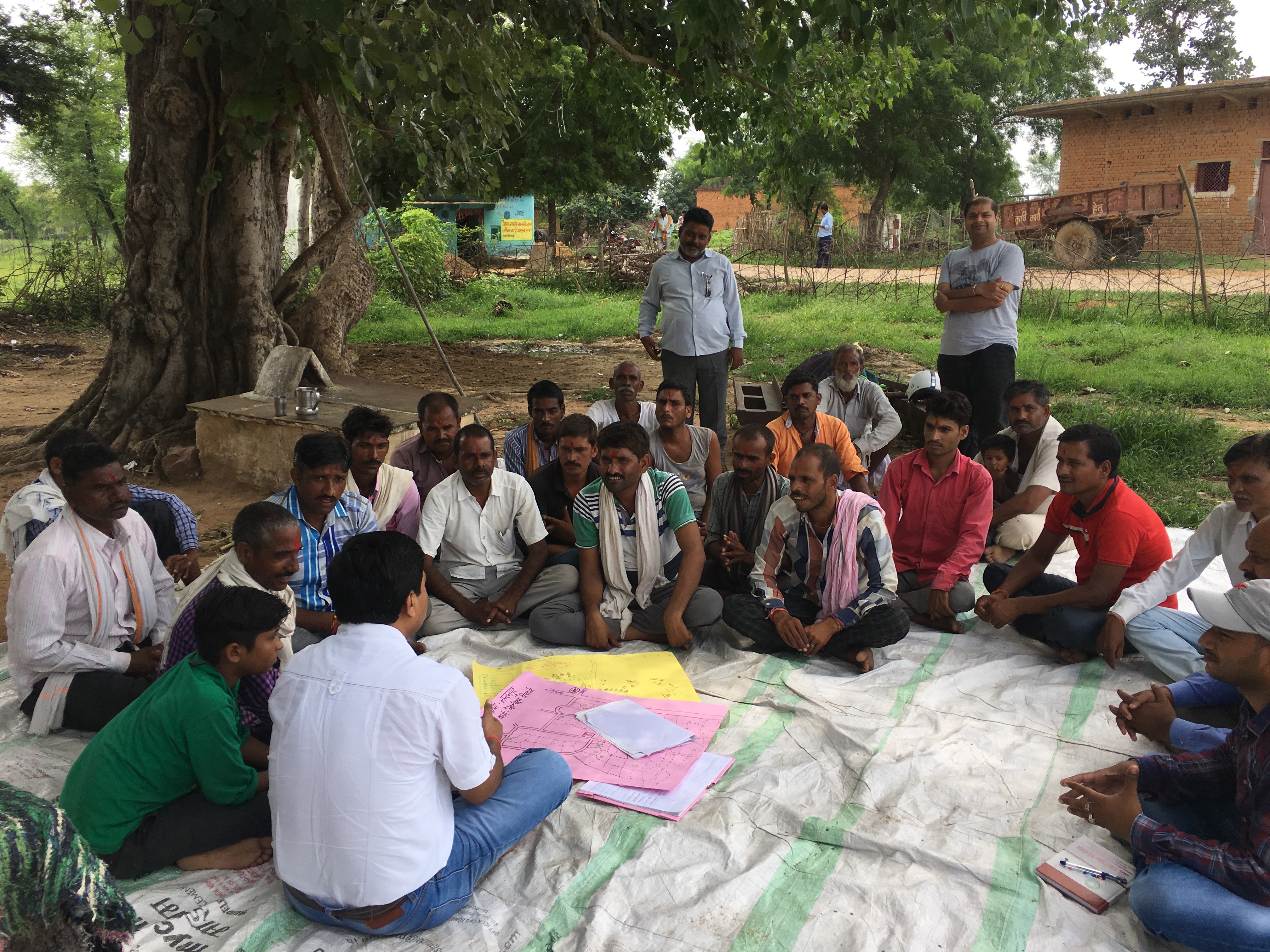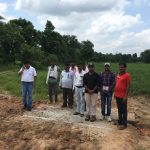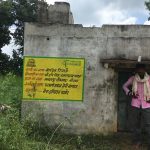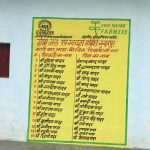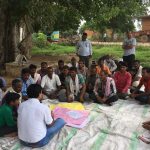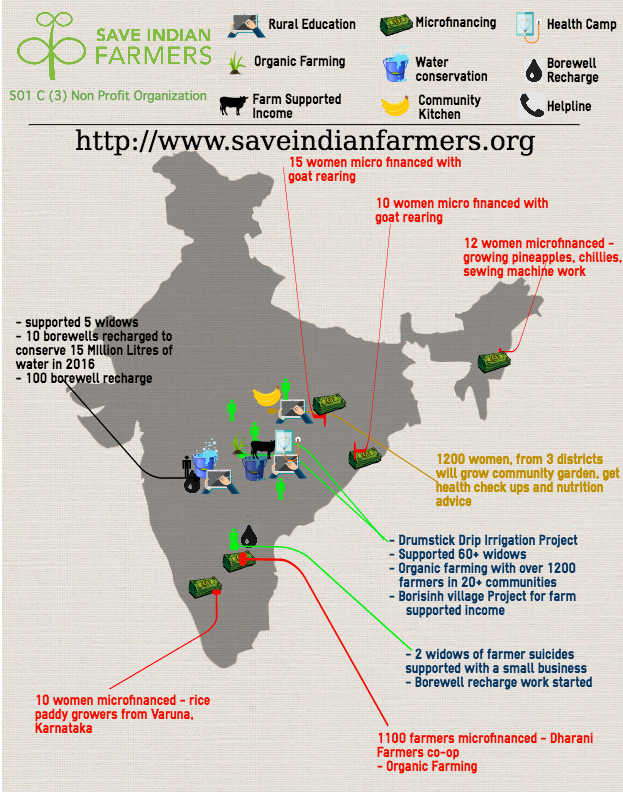Saturday, August 19th
Arrived in Jhansi after a 12 hour journey which started in Pune at 3:00 am.
Pune-> Delhi->Khajuraho via flight
A brief sightseeing detour in Khajuraho: Here, my guide Imran walked me around the western section of the century old chandeli temples, world famous for their intricate carvings made out of sandstones. I was impressed with his knowledge of Hindu mythology as well as the details he shared about the century old kingdoms and the reasons for building those temples.Then my driver Babloo Patel dropped me at my hotel in Jhansi, another 4 hours in the car.
The roads were really good to my surprise but the biggest hurdle was having to share it with cows, sheep, goats and other live stock 😀. It was later in the journey that I discovered the reason for the abundant presence of the livestock.It was a pleasure meeting with Mr. Sanjay Singh who came and met me at the hotel inspite of him not keeping well. Shows the dedication of this person! We spent about 30 minutes talking about different projects and parted after finalizing a plan for the next day. Finally got a chance to catch up on my sleep!
Sunday August 20th
Woke up at 6:00 am so I could be ready to visit talbehat tehsil in Lalitpur. We are hoping to start a new project here in the coming months and wanted to see first hand the current state in these villages. After about a 2 hour ride we reached our destination. These 2 hours gave me an opportunity to catch up with Sanjayji on various aspects. Got to understand first hand the history of Parmarth, various projects, some insights into his personal life and his various struggles to help bring about social justice to the poorest of the poor. The plan was to visit at least 3 villages that have been short listed for our intervention. On our way we saw greenery in all the surrounding farms, a sign of hope ( which later turned into disappointment). We reached our first village, Moto and were welcomed by some of Parmarth volunteers working in the talbehat area and off course the villagers themselves. We were welcomed with the traditional Indian Tika and flowers. What I found out speaking to these villagers over the next 30 minutes was both very heart warming as well as heart wrenching. Three of the women in this village had taken the initiative to dig a well after they( being from a certain community) were refused to draw water from the village well controlled by the Thakurs. They faced strong opposition from the men as well as other villagers but continued working tirelessly for over 3 months and finally finished the well which is now about 45 feet deep. The well is now a lifeline for drinking water for about 25 families. Other villagers though continue to harass them by dumping trash in and around the well, knowing well that the water is used for drinking purposes. These 3 women now are joined by about 10 more women and work towards the betterment of their communities. What I found out next was not so good. It had not rained for the last 6 weeks and all the greenery seen around us was a failed crop. They primarily grow udad and Sesame and the plants had flowered but due to the lack of the irrigation water, they never bore fruit. Also they were infested with pests and the likelihood of them surviving were close to none. This would mean the men and women would have to go to the cities to find some means of livelihood and take their small kids with them, thus the kids missing their school. I could clearly see distress in their eyes and one particular women kept saying if only she could have some means of livelihood in her village even if her crops failed, she could support her family. The next thing I saw was a little reliving. Through the intervention of Parmarth, some of these women have started growing fruits and vegetables in the small patches of land around their houses and for irrigation they are using a common borewell that yields some water during the monsoon months. These kitchen gardens help them feed their families, nutritious food during distress periods. As we said goodbye to the villagers, Sanjayji rightly said “prakriti or Bhagwan se koi nahi lad sakta, par hum Koshish Karenge kuch sahayata karneki “, giving them some hope.
After about a 20 minute ride, we reached the next village of budhauni where situations were not that different, though the villagers seemed more optimistic here. They were planning to spray an organic pesticide and were hopeful that there will be a couple of days of heavy rains before the end of monsoon that would save the crops. We saluted their optimism and decided to visit the next village on our list. On our way Sanjayji decided to change the plan a little and instead decided to take me to a nearby village where Parmarth’s intervention had started yielding some positive results. We reached chandrapur after a 20 minutes ride. Here we met 3 farmers and their families that belonged to the shehriya adivasi tribe. These poor folks had been oppressed for many decades, forced to work as day laborers at minimal wages, with no homes or land of their own. Through Parmarth’s intervention they were allocated about 1 to 2 acres of land each through various government schemes. Parmarth helped them dig a well which is about 75 feet deep and also helped them install a diesel motor to pump water out. They have also helped them install a drip irrigation system utilizing government subsidies. I was simply amazed by the results! 5 farmers are sharing water from this well and have planted various fruit trees yielding them about 40,000 rupees annually, a big sum for these folks. They now live in small houses on this same land! Their kids go to school regularly. We took their leave and had to rush back to Jhansi where amrish and Samir from Asha for education had reached Jhansi and were waiting for us in Parmarth’s office. While going around these villages we came across another of Parmarth’s intervention where they had constructed a check dam on a canal in the neighboring vicinity a few years back and we could see it working as all the farms in this vicinity had standing crop that seemed to be flourishing! We also came across numerous tanks, most partially or completely dry, others completely defunct. If only these tanks which were built by the Chandeli dynasty in the 10th century were revived, most of the water issues in this region could be solved.
After about an hours ride we reached Parmarth’s office and met with their staff as well as Amrish and Samir. We were served some delicious snacks and immediately decided to head over the Orai in Jalaun district which is Parmarth’s head office. The 2.5 hours ride was very interesting as we discussed and debated roles of NGOs and government agencies, etc.
After reaching the Orai office, we were greeted by Anil who is a director of Parmarth and runs the head office as well as focuses on their education related projects. We had a quick lunch and then headed to their presentation room where we spent about an hour going through a presentation about Parmarth and its various projects. It is quite an impressive stack of projects that Parmarth is engaged in!
We then headed out to visit a school that Parmarth has adopted and is a potential candidate for rolling out SIFs project Udaan. It took us about 2 hours to reach there. It is a residential school for girls whose parents can’t afford to educate them. Some of these girls are orphans or come from single parent families. 100 girls are enrolled here and school offers education for 6th, 7th and 8th grades. As girls pass out of 8th grade, equal numbers of girls are admitted in 6th grade through an application process. We were welcomed again by three little girls with the Indian tradition of tika and flowers. The school employs 14 staff members and provides them with 3 nutritious meals every day. The school also has a kitchen garden where fruits and vegetables are grown and picked fresh. The girls presented some beautiful traditional songs. The teachers talked about the school and some of the challenges they face. It was really heart warming to interact with these girls and see the kind of confidence that has been instilled in them! We toured around the school. I will have lasting memories of the school and the kids. I will never forget the special set of clapping routine that they used to welcome us as well as thank us. I wish I was able to record that!
We then headed back to our hotels saying good bye to Amrish and Samir who were planning to stay in a different hotel. Me and Sanjayji headed back to Jhansi. It was great to recap with Sanjayji all that had transpired through out the day! This is when Babloo our driver also joined our conversation. Apparently he is a farmer himself and owns about 8 acres of farm in khajuraho and grows peppermint which yields him about Rs. 800 a liter. The plants grow easily and are sold off to nearby processing plants. Processed peppermint is exported to western countries. He has drip irrigation installed as well! A potential alternative to the drumstick project. The conversation moved to the road conditions and the presence of hoards of cows all over the roads. Which is when Babloo revealed that this was a side effect of the new law that was passed in UP to stop selling cows to butchers. Villagers that could not afford feeding cows anymore and could not sell it to the butchers had decided to let them loose on streets! We finally arrived at the hotel around 10:30 pm. I had a quick lunch and the caught up on some sleep. Next day was going to be a visit to Nandanpur in Tikamgadh district where we had completed 15 borewell recharge structures with the help of Parmarth! We had to start early in order for me to be back in Lalitpur at 1:30 pm to catch my train to Jalgaon!
Monday August 21st
Woke up again at 6:00 am and met with Sanjayji around 8:00 am and we started for nandanpur, a small village in Tikamgadh district which houses about 50 families, all marginal farmers. Reached there in about 2 hours and were again greeted in a traditional style by villagers and Parmarth volunteers. It was a great sight as our intervention had helped these farmers tremendously. They all had udad and sesame crops flourishing inspite of the drought! The villagers had seen Parmarth’s work in the neighboring villages of Nadiya where borewell recharge work was successfully completed last year for several farmers. They came together as a village and picked 15 beneficiaries. Work was completed on June 15th and the small amounts of rain had helped them conserve water, though the exact amounts is yet to be determined. It was great to see that SIF beneficiaries of borewell recharge were sharing their borewell water with other farmers for free. After a canal was constructed recently near the village, their water problems had increased. Water that would flow towards their village was now diverted by the canal to a pond in another village. The villagers requested that we continue with the recharge for more beneficiaries later this year. We decided that it would be wise to conduct a water survey so we can pick the right sites for the recharge. The survey would also tell us whether recharge was the most effective solution or other water treatments would work better. Parmarth will send us a proposal to conduct the survey and once approved and the survey is conducted and after the results are out, we would decide on the next steps. We then walked around the village and visited 4 sites. All the beneficiaries seemed happy with the intervention and were already seeing the positive results! We also met with a progressive farmer from the neighboring village who has just 2 acres of land but with the help and guidance of Parmarth has installed a drip irrigation system, created a nursery where he grows all kinds of fruits and vegetables and is experiencing prosperity never seen before! He requested me to visit his farm but since I was short of time, I apologized and after saying good bye to the farmers and Sanjayji and the other Parmarth volunteers headed to Lalitpur to catch my train to Jalgaon, my native place where I was planning to meet with my extended family and friends I grew up with!
The biggest realization of this trip was no doubt that the faces of drought are many not just the parched earth we are all used to seeing in photos and videos!
_______________________________________________________________________________________________________________
About the author
Mahesh Wani is a Project manager/business analyst for an investment bank. He is one of the Project Directors of Save Indian Farmers. During his recent visit to India, he met farmer families in multiple villages in Bundhelkhand, who received help from SIF as part of Project Jal and the ones who will receive SIF help soon to restore water table and have a means for year-round water supply

